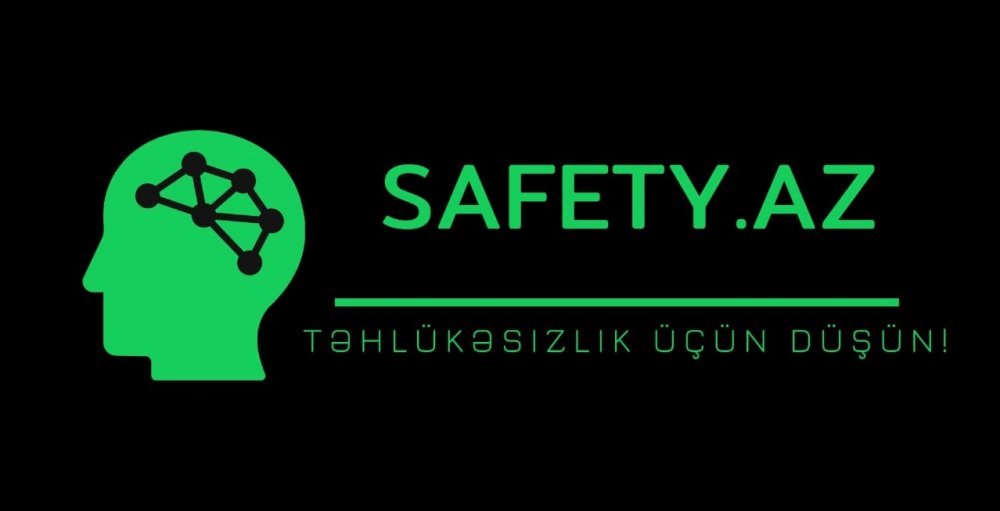Record your significant findings

Make a record of your significant findings – the hazards, how people might be harmed by them and what you have in place to control the risks. Any record produced should be simple and focused on controls.
If you have fewer than five employees you don’t have to write anything down. But it is useful to do this so you can review it at a later date, for example if something changes. If you have five or more employees you are required by law to write it down.
Any paperwork you produce should help you to communicate and manage the risks in your business. For most people this does not need to be a big exercise – just note the main points down about the significant risks and what you concluded.
An easy way to record your findings is to use our risk assessment template . When writing down your results keep it simple, for example ‘Fume from welding: local exhaust ventilation used and regularly checked’.
A risk assessment must be ‘suitable and sufficient’, ie it should show that:
- a proper check was made
- you asked who might be affected
- you dealt with all the obvious significant hazards, taking into account the number of people who could be involved
- the precautions are reasonable, and the remaining risk is low
- you involved your employees or their representatives in the process
Where the nature of your work changes fairly frequently or the workplace changes and develops (eg a construction site), or where your workers move from site to site, your risk assessment may have to concentrate more on a broad range of risks that can be anticipated.
Take a look at our selection of example risk assessments. They show you what a completed risk assessment might look like for your type of workplace. You can use these as a guide when doing your own.
We have also developed online risk assessment tools, to help employers complete and print off their own records.
If your risk assessment identifies a number of hazards, you need to put them in order of importance and address the most serious risks first.
Identify long-term solutions for the risks with the biggest consequences, as well as those risks most likely to cause accidents or ill health. You should also establish whether there are improvements that can be implemented quickly, even temporarily, until more reliable controls can be put in place.
Remember, the greater the risk the more robust and reliable the control measures will need to be.



